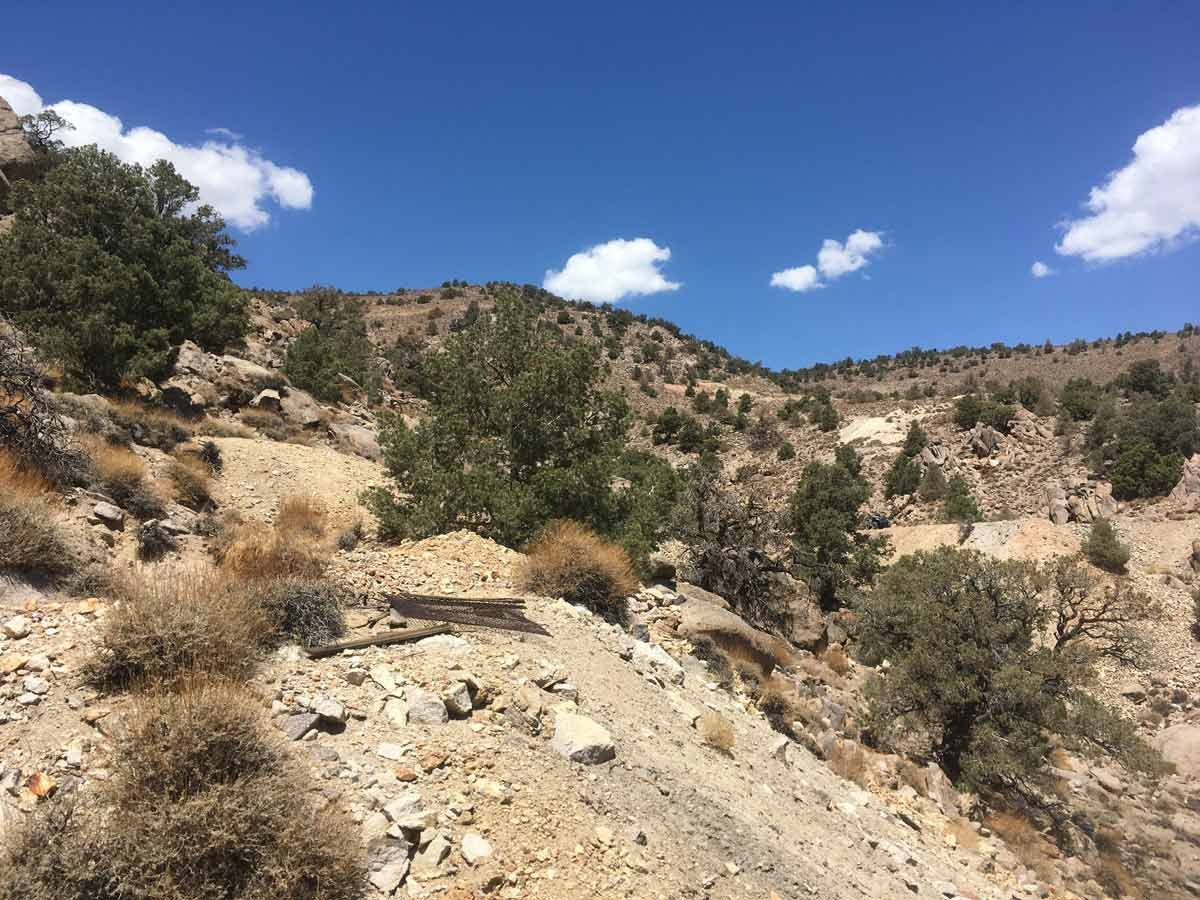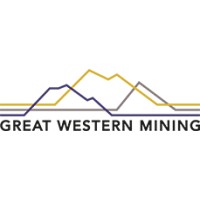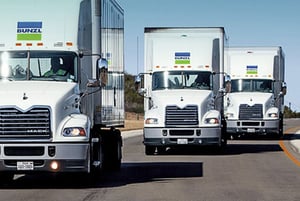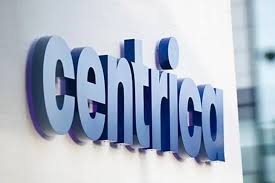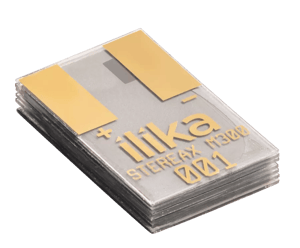Great Western Mining Corporation plc (LON:GWMO) Executive Chairman Brian Hall caught up with DirectorsTalk to discuss the company’s accelerated drilling programme at the West Huntoon site in Nevada, providing insights into the copper porphyry potential of the Huntoon Copper Project, plans for maiden drilling at the Rhyolite Dome Gold Prospect, and early-stage exploration for Tungsten at Pine Crow and Defender.
Q1: Brian, could you start by giving us an overview of the work that’s been conducted at West Huntoon and Rhyolite Dome by Great Western Mining and what results you had there?
A1: We were due to start our drill programme on the 16th of October, in fact, we brought it forward to the 2nd of October so usually these things tend to slip, but this one has actually got ahead of us, which is great.
We started drilling on Thursday last week. We put out an RNS this morning to say that we had pretty much drilled the first hole by end of Friday, and we’ve now drilled another one. So, we’ve either just completed or are about to complete the second hole.
At West Huntoon, we’ve got a six-hole programme, and this is chasing the copper porphyry potential of the Huntoon Copper Project, which is, I would say, our flagship project at the moment. It’s very exciting. We’ve got probably another week or two work to do on West Huntoon. After that, we’ll take a break from drilling and move to our Rhyolite Dome Gold Prospect, which has never been drilled before.
So, we raised money about three months back now for a drill programme this year, and I’m glad to say that it’s now firmly underway and all looking good.
Q2: What’s this drilling programme intended to achieve? What are your working theories about the geology of both areas?
A2: You don’t have time for me to give the whole story of the Huntoon Prospect, but basically, we have a porphyry setting on one side of a valley. We have a skarn resource, which we’ve already drilled on the other side of the valley, but this is a copper plate, and we are basically putting to the test the soil sampling and the geophysical work and the general geology we’ve been doing for about the last 18 months over West Huntoon, and we’re now drilling it. So, that is a big move for us. We haven’t done any drilling now for two years, so it’s really a nice turning point.
Now, we’re drilling six holes. We’re not going to get a resource from six holes, but what we are going to do is we’re going to try and prove the theories we’ve established, the surface at depth, and our depth at 500/600 feet. We’re basically testing the subsurface now and seeing what we’ve got on the edge of the valley floor.
What we don’t know is what is under the valley floor between our M2 resource and what we’re working on now. We don’t know if there’s continuity. We won’t know from this drilling program whether there’s continuity, but we hope doing our best to prove up, the existence at depth of the surface indications that we’ve been working on since October 2023.
So, it’s a very interesting moment in our exploration history and very important for us because if this is encouraging, it will lead us to do more work, and it’s a building block on a very interesting story.
Q3: Just looking beyond this programme, how do you see the company progressing towards resource definition at West Huntoon and Rhyolite Dome?
A3: Well, forget Rhyolite Dome for resources. Rhyolite Dome has never been drilled, it’s a precious metals prospect which is in a very interesting place, and we’ve done obviously surface work and geophysics on it, but as it will be a maiden drilling programme, no drilling ever been done. So, we’re a long way from a resource at Rhyolite Dome, but we’re also quite a long way from a resource at West Huntoon. If we were going to establish a resource, we would probably have to drill between 10 and 20 holes, we’re drilling six. So, this is the first bite of the cherry, so to speak, we’re still a long way from a resource.
What we’re trying to do at West Huntoon is not simply prove the presence of a copper prospect under West Huntoon. We’re trying to begin the exercise of proving up a copper prospect over a much larger area, which we hope will be a very serious world scale mine, but it may not be. This is the exploration risk. This is one important step in a process, but it in itself won’t prove up a resource, but it will give very good indications of what we have now.
So, we’re excited and obviously nervous about it.
Q4: You reference soil sampling for tungsten at Pine Crow and Defender. How does this fit into the bigger picture for Great Western Mining?
A4: It fits into the bigger picture as another leg to our activities.
Pine Crow and Defender are two old copper workings, they’re shallow World War II copper workings, they’re about three quarters of a mile apart. We think we are seeing indications of tungsten between the two, which would make a bigger play. Remember these World War II tungsten deposits will have been for defence reasons, and they were fairly shallow workings. They’ve never been worked since the end of the Second World War, when the need for defence materials obviously overnight stopped.
Now, in the present climate, tungsten is becoming important. It’s now a critical mineral and for us, it’s another play, which is earlier stage. We’re not ready to drill that yet, probably the next stage on that, we’ve done soil sampling, we’re waiting for the soil sample results out of the lab, we expect them anytime now. We’ll be announcing them when they come so that will give us an indication of the potential.
The next stage will be most likely gravity, possibly some magnetics, possibly some trenching, but there will be a certain amount of work to do before we actually start drilling. It may not take that long, but we won’t be drilling this year for tungsten, but I hope we might be. I’m touching some wood I happen to have handy here, we might be drilling next year, we’ll see.
It adjoins the copper skarn at M2, it’s about a kilometre or two away so it’s all in the same area, it’s all related to each other but it’s a new play for us and one we’ve been working on this year.
Q5: Obviously, there’s clearly a lot going on in the portfolio, but what news flow should investors be looking out for or be aware of during Q4 and into 2026?
A5: In Q4, we should be looking for a number of things.
The first is we will be publishing some results, we hope they’re good results both on the Huntoon Prospect. There will be a small gap between drilling West Huntoon and drilling Rhyolite Dome only because the drillers will have been working long shifts every day for several weeks. So, we give them a break, we move the rig, it’s about 50 miles and then we’re busy preparing Rhyolite Dome right now. So, then we’ll have those two sets of drilling results, which will be interesting.
Before that, we expect to have the soil sampling results for the tungsten at Pine Crow and Defender, which is good. There’s all sorts of other bits and pieces in the pipeline but those are the three main things we’ll be looking at this year.
Into early next year, can’t really tell you yet because it depends what we do following the results of what we’re doing right now but we’re looking at a busy period of exploration. We don’t tend to do a lot of field work in Q1 because there tends to be snow on the ground. You can take a chance and go on drilling through the winter, but you take a big chance, and small companies shouldn’t take those sort of risks, you can have your rig on standby for a very long time, it costs a lot of money. So, we are more likely to abandon the field work in the December area, beginning again in March. Of course, we’ll be analysing all the work we’ve done in Q4 during Q1 2026.
So, there will be a flow of information coming out on our exploration programme.


